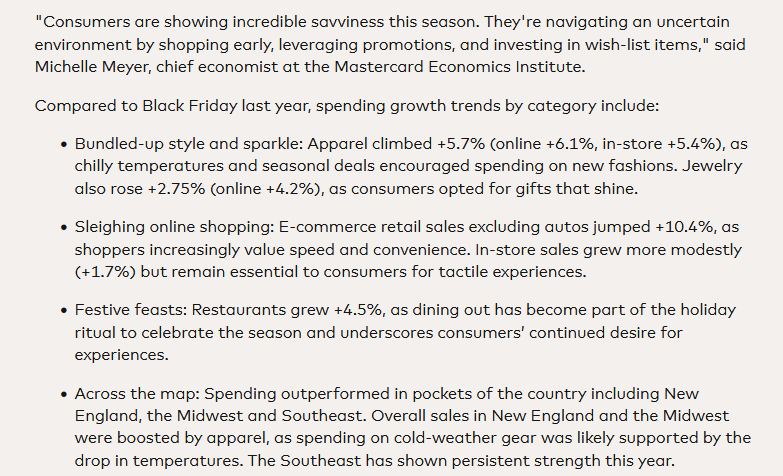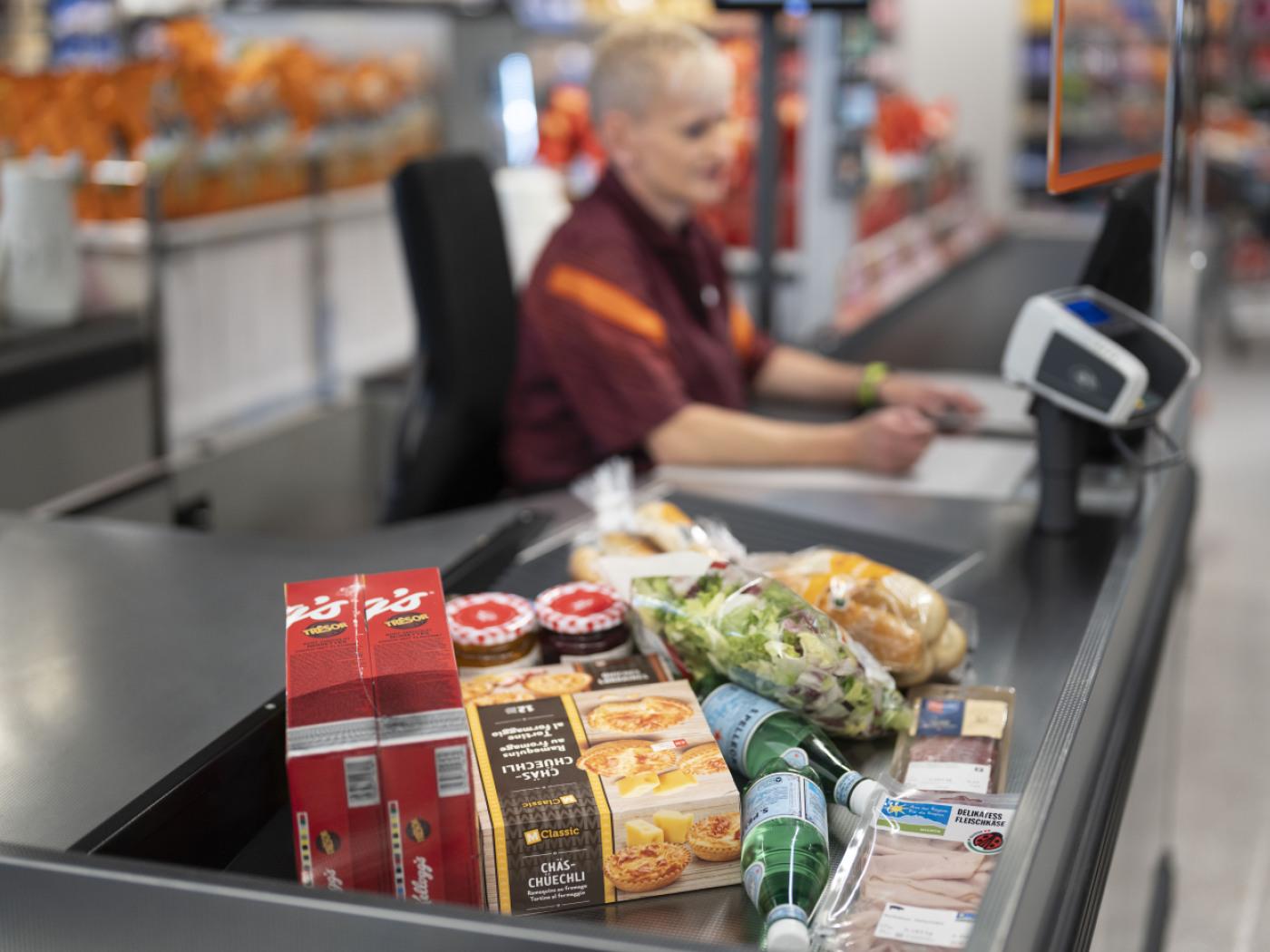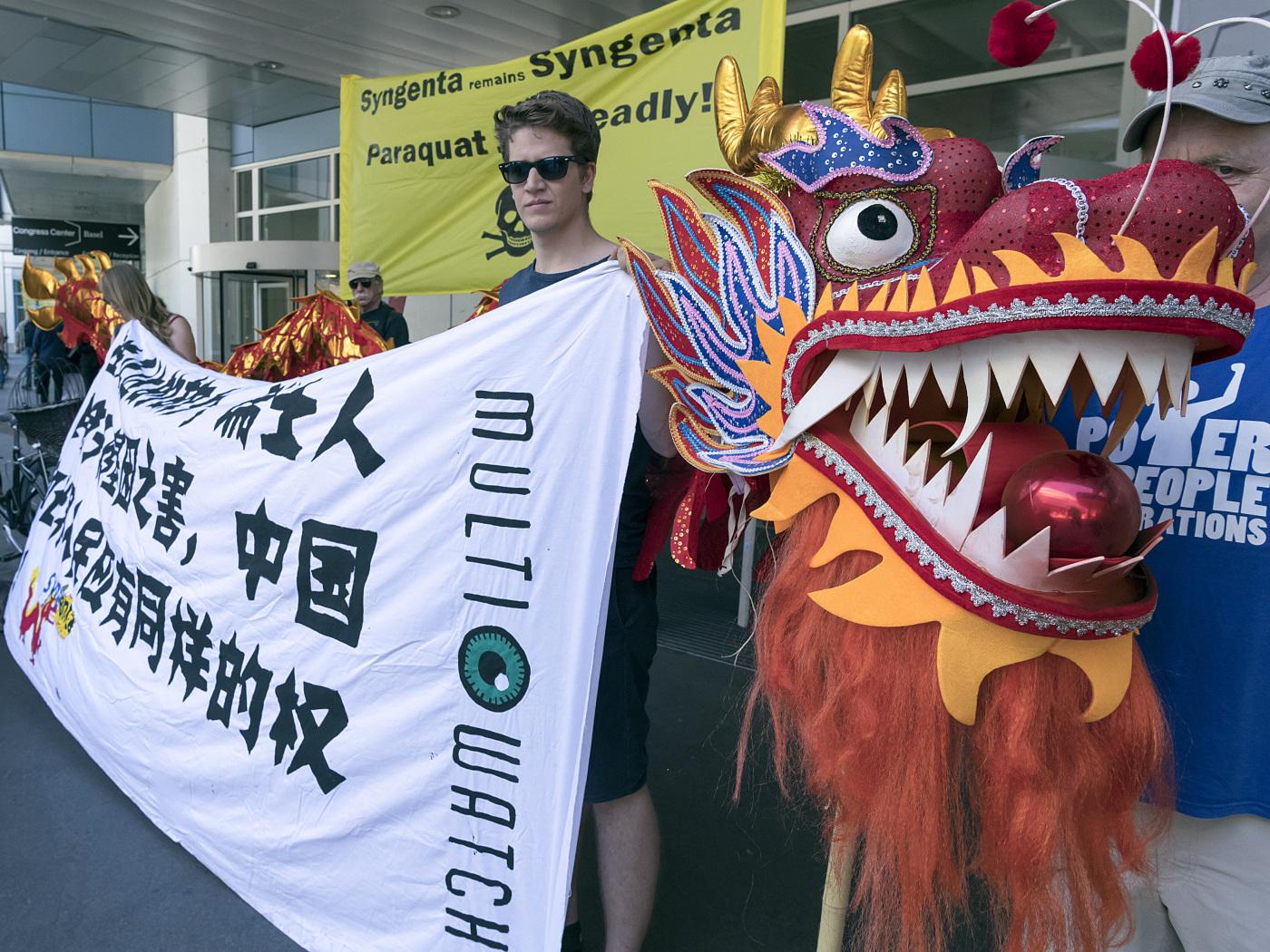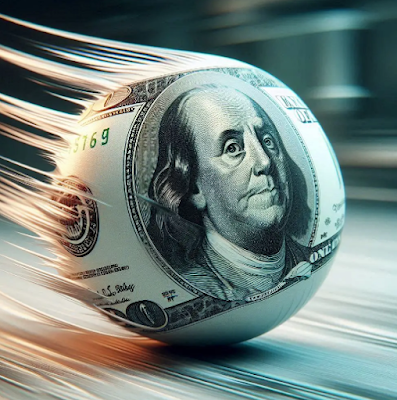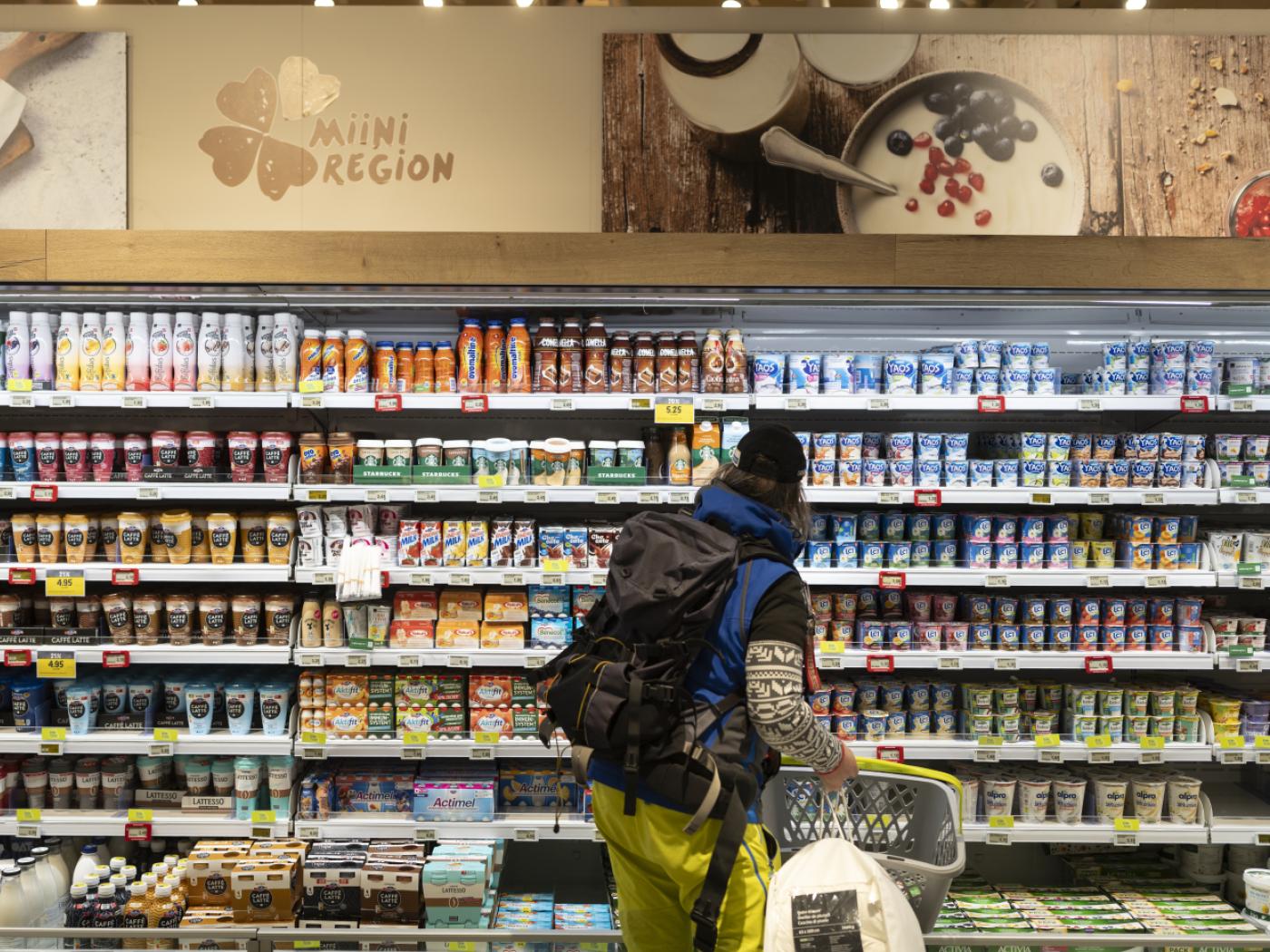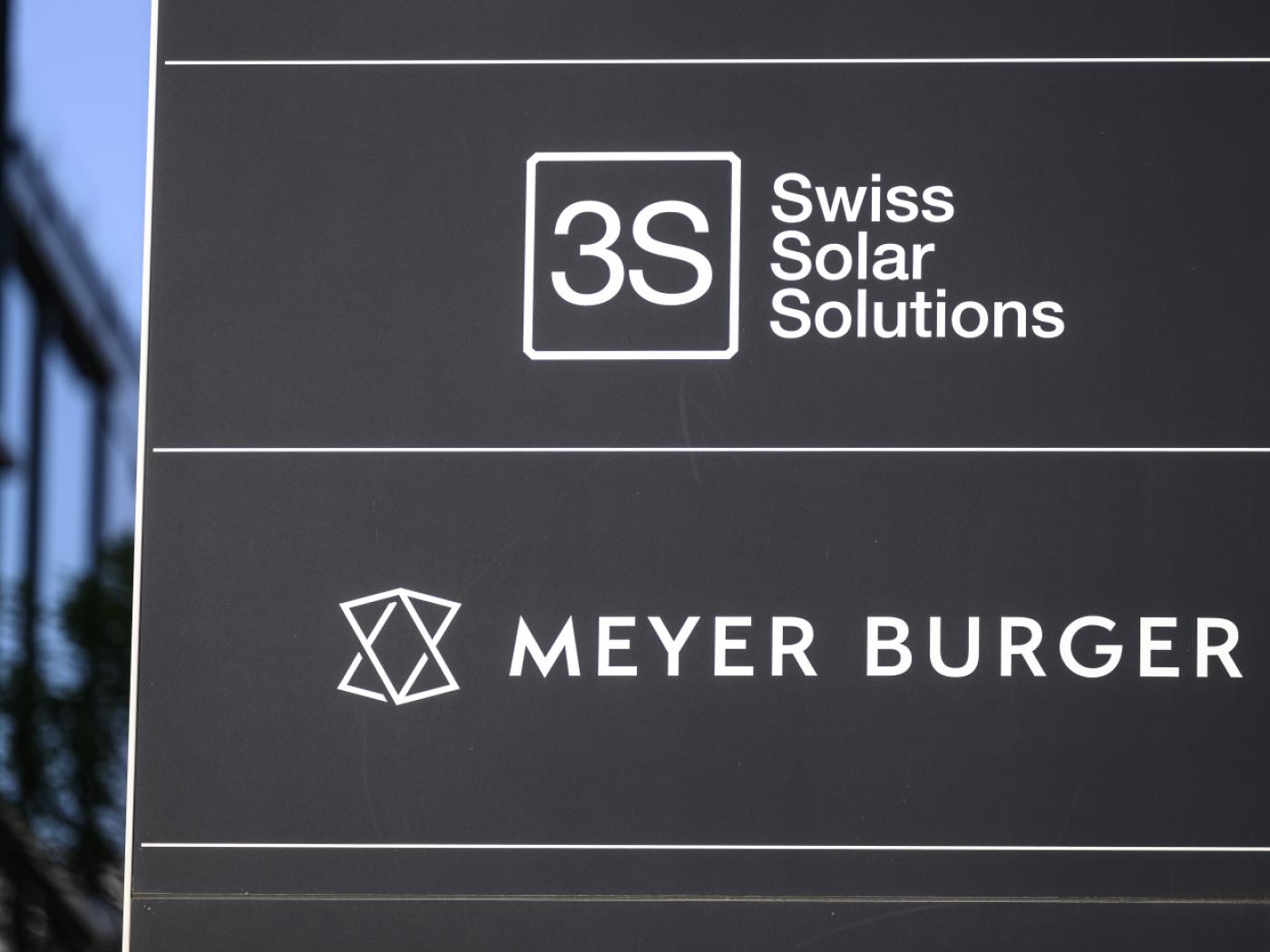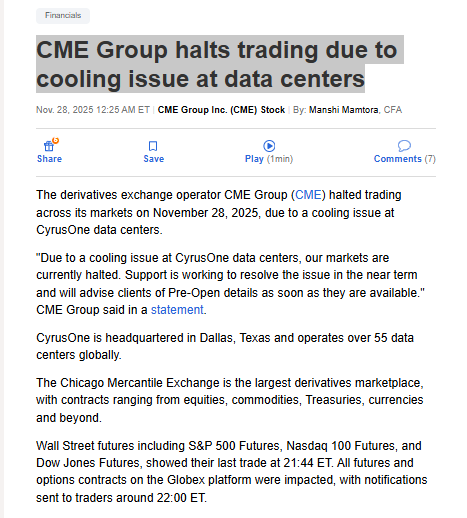The Producer Price Index (PPI) or officially named “Producer and Import Price Index” describes the changes in prices for producers and importers. For us it is interesting because it is used in the formula for the Real Effective Exchange Rate. When producers and importers profit on lower price changes when compared to other countries, then the Swiss Franc reduces its overvaluation. The Swiss PPI values of -6% in 2015 (see below), compared to -3% in Europe or -1% in the U.S., diminished the overvaluation. In 2017, however, producer prices are rising again – in both Europe and Switzerland. See more in Is the Swiss Franc overvalued?
| 14.02.2020 – The Producer and Import Price Index remained unchanged in January 2020 compared with the previous month. The index stood at 100.7 points (December 2015 = 100). Petroleum products in particular saw higher prices, while pharmaceutical preparations became cheaper. Compared with January 2019, the price level of the whole range of domestic and imported products fell by 1.0%. These are the results of the Federal Statistical Office (FSO). In particular, higher prices for scrap, petroleum products and watches were responsible for the growth in the Producer Price Index compared with the previous month. By contrast, meat, gas and electricity became cheaper.The Import Price Index registered lower prices compared with December 2019, particularly for pharmaceutical preparations. Price decreases were also seen for petroleum and natural gas, non-ferrous metals and products made therefrom, communication equipment and other fabricated metal products. By contrast, price increases were seen in particular for petroleum products. Vegetables and potatoes also became more expensive. |
Switzerland Producer Price Index (PPI) YoY, January 2020(see more posts on Switzerland Producer Price Index, ) Source: investing.com - Click to enlarge |
Download press release: Producer and Import Price Index remained stable overall in January 2020
Tags: newsletter,Switzerland Producer Price Index

























